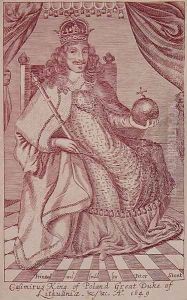Peter Stent Paintings
Peter Stent was an English print-seller and publisher during the 17th century, known primarily for his production and distribution of prints, maps, and broadsides. Not much is known about Stent's early life, including the precise year of his birth, which is estimated to be around 1613. He emerged as a prominent figure in the print trade in London during the mid-17th century. Stent's business was located near London Bridge on the south side of the Thames, an area that was a hub for the print trade during this period.
Stent's catalog consisted of a variety of subjects, including portraits, religious scenes, landscapes, and political satire. He worked with several artists and engravers to produce these works, which were then sold from his shop. Stent's contributions to the print trade are particularly notable because he operated during a tumultuous time in English history, characterized by the English Civil Wars and the Interregnum. Despite the political upheaval, Stent managed to maintain a successful business and cater to the demand for printed imagery.
As a print-seller, Stent's role was multifaceted. He not only sold prints but also financed their production, taking on a role similar to that of a modern publisher. He would commission works from artists and engravers, often paying for the copper plates that were used in the printing process. Stent's name appears on many prints from the period as either the publisher or the seller, indicating his significant involvement in the creation and dissemination of visual culture during the 17th century.
Peter Stent's death occurred in 1665, the same year as the Great Plague of London. This epidemic took a severe toll on the city's population, and Stent was among its many victims. His print shop and stock were eventually acquired by John Overton, another prominent print-seller of the time. Despite the fact that Stent is not as widely recognized today as some of his contemporaries, his work as a publisher and seller of prints played an important role in the visual arts market in 17th century England.
